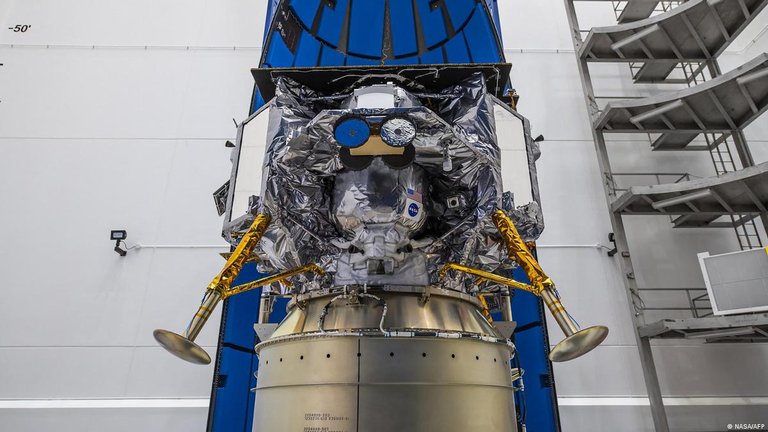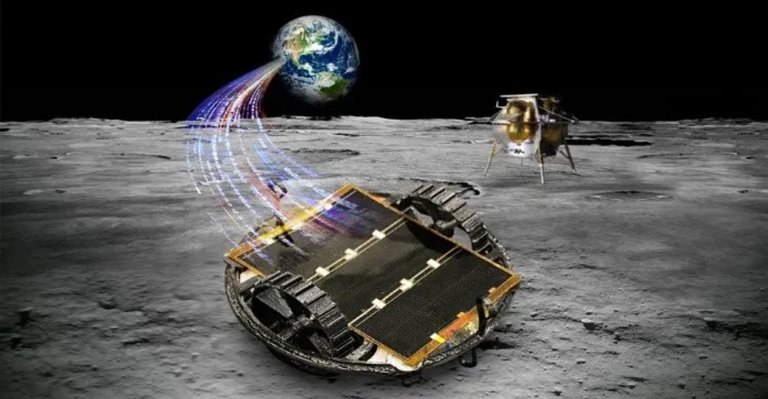What the Peregrine Probe carries
(Edited)
What the Peregrine Probe carries
On Monday the 8th, the ULA United launch Alliance rocket was launched, which could be the great competition for Elon Musk's company SpaceX, offering economical and reliable launches, the 2007 UL nation of the Union of two giants of the aerospace industry Lockheed Martin Space Systems and Boeing Defense

Souce
The peregrin asiatic lander carried cargo from the United States, Mexico, Germany, the United Kingdom, Hungary, Argentina, Japan, and the Seychelles; Germany sent a radiation detector and some commercial payload capsules, the rest of the nations sent time capsules, works of art, image banks, and the Seychelles sent cryptocurrencies.

Souce
The Rover has a volume like that of a shoe box and weighs only 2 kg, it looks like a toy, but these small rovers with basic equipment are a very interesting tool for future astronauts and explorers of the solar system. The Japanese developed also a mini Rover that was unfortunately lost when the Hakuto-R Probe of the Japanese space company and SpaceX crashed into the lunar surface, but a single Rover is of very little use and although the American one is small at 2 kg, it is still a lot of weight .

Souce
The Mexican bet, what Mexico sent in this Peregrine capsule was much more interesting, is called the Colmena project of the Mexican space agency, it consists of five nanorobots that weigh less than 60 g, are autonomous, work with solar energy and measure only 12 cm in diameter, They are light, an astronaut could carry them in his backpack without problems and the most interesting thing would be they would be able to work as a team.

Souce
These mini rovers would be the eyes of the astronauts or of a large Rover,
Current rovers like those on Mars are authentic laboratories with wheels and those of the future will be even larger because more equipment is needed to carry out analysis and moving them is slow and complicated, the vision of these rovers is limited to what they have. on its route and to maps provided by the waves that are orbiting Mars, those maps are fine, but from so far away the orbiters are not able to see small details that can be very interesting even crucial, however, if one of these large Rover laboratories If you had a Hive of five or more mini rovers that spread out to explore the territory, it would be like multiplying your eyes and also multiplying the area you can explore.
Thank you for visiting my blog. If you like posts about #science, #planet, #politics, #rights #crypto, #traveling and discovering secrets and beauties of the #universe, feel free to Follow me as these are the topics I write about the most. Have a wonderful day and stay on this great platform :) :)
0
0
0.000
Thanks for your contribution to the STEMsocial community. Feel free to join us on discord to get to know the rest of us!
Please consider delegating to the @stemsocial account (85% of the curation rewards are returned).
You may also include @stemsocial as a beneficiary of the rewards of this post to get a stronger support.